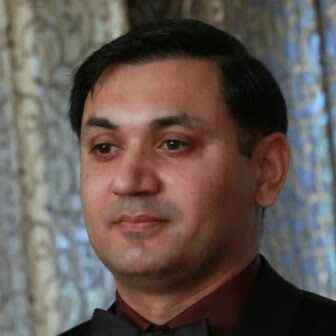Hair Transplant in Russia
WHAT IS FUE HAIR TRANSPLANT? HOW POPULAR IS FUE HAIR TRANSPLANT?
QUICK EQUIRY
NUMBER OF SESSION REQUIRED
The number of FUE sessions needed depend on your bald area on scalp. An average scalp consists of 100,000 hair follicles before the hairs begin to fall. Hair loss is not considered by patients until they loss 50% of their hairs. Most patients have 4000 to 5000 follicualr units to use to perform transplant in their whole life. While in others it may go above about 8000 to 9000. Usually one to three sessions are conducted, occasionally five to six sessions are also conducted depending on the requirement. Even it is possible to harvest completely. In few cases, inadequate harvesting by inexperienced surgeons make it complicated to receive more hairs.
Days admitted :
For each session you need to spend only single day in the clinic. FUE procedure generally takes a full day of eight to ten hours and needs the patient to lie face down and on their side for several hours to remove the grafts.
RECOVERY
With FUE hair transplant in Russia, patients generally recover within 3 to 5 days. Meanwhile there are no stitches, but here are little scabs over your scalp that should be covered with hairs. The tiny scars heal quickly that you will be surprised.
AFTERCARE
- Follow the instructions of your surgeon for afteroperation care of your hairs.
- Keep your scalp dry particularly on the first day to heal your skin
- Take care of your scars. With surgery, there will some scars and itchiness when you receive a hair transplant.
- Save the contact number of your surgeon in phone to enable you or your family reach your surgeon because of their adverse side effects.
- Take painkillers to relive from pains and discomforts
- Come back to surgeons clinic after two days to get your bandages removed if any and to wash your hairs.
- Hand wash your hairs during the initial days of your surgery instead putting your head under showerhead directly. Slow down the shower pressure to accelerate the healing process and reduce the operation signs.
RISKS
FUE hair transplant is nominally invasive procedure. The possible complications occurring in this procedure can be easily treated by your surgeon. The commonly occurring problems are :
- Hyperpigmentation that occurs because of hair graft removal.
- Donor hairs taken from outside the genetically resistant sites result into hair thinning or even lost finally.
- Patients with large bald sites on their scalp cannot be transplanted to achieve the full coverage
- Repeated hair transplants are needed because of persistent hair loss
People can easily make their appointment with our centre if they want to get the perfect surgery of hair transplant in UAE. We provide the surgery in many locations.

Dr. Navneet Singh
navneetsingh@mail.ru
